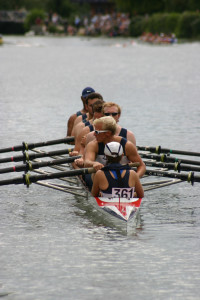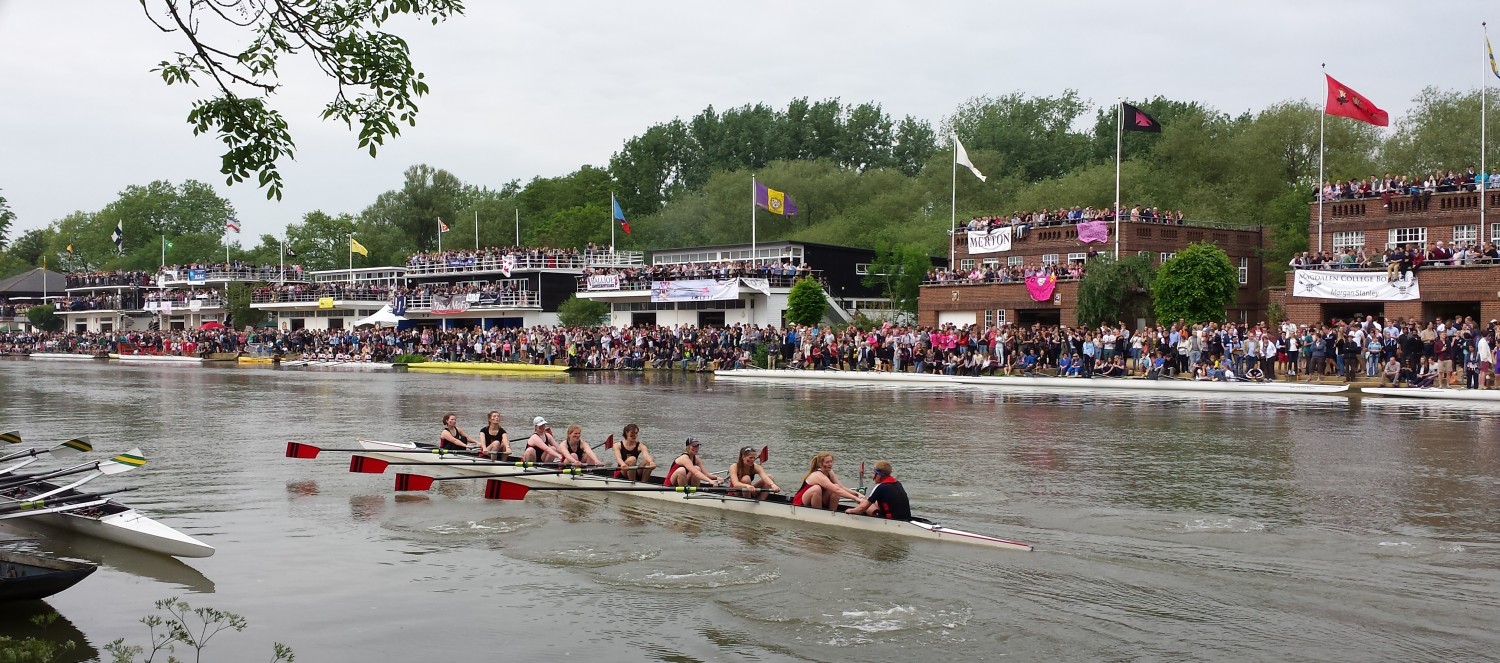Can your rowing club plan its way to success?
 In a recent article on the German national rowing squad I reviewed the formidable level of planning which they bring to the consistent development and deployment in international competition of cohorts of elite rowers. In this article I want to address the question of whether planning for success is a realistic ambition at club level. In other words, can an “ordinary” rowing club set out a strategic goal such as “One of our crews will compete as finalists in The Remenham Challenge Cup within 5 years” and put in place the activity and resources required to achieve it?
In a recent article on the German national rowing squad I reviewed the formidable level of planning which they bring to the consistent development and deployment in international competition of cohorts of elite rowers. In this article I want to address the question of whether planning for success is a realistic ambition at club level. In other words, can an “ordinary” rowing club set out a strategic goal such as “One of our crews will compete as finalists in The Remenham Challenge Cup within 5 years” and put in place the activity and resources required to achieve it?
Most clubs it needs hardly be said, do not work this way. Most clubs manage their performance year to year accepting that some years will be good and some will be bad because “that’s just the way things are”. But is it really just the way things are, or is it just what happens if you fail to plan ahead?
The components of success.
The German model highlights three key requirements for consistently producing internationally competitive rowers: 1. Nation-wide recruitment 2. Cultivation of young athletes and 3. Rigorous selection over several years. From the point of view of the typical club there are five fundamental and interconnected resources which underpin success:
a) Equipment – Good equipment (mainly boats and blades) is a requirement as much for the motivation of athletes as for any objective performance improvements which the equipment brings. Equipment is actually one of the easier aspects of planning for success. Equipment may be more or less expensive but in the end it is “just” about raising and spending money.
b) Athletes – the club must recruit and retain a squad of athletes collectively capable and motivated enough to achieve the strategic goal. It is worth noting that within the strategic 5-year timeframe, the athletes who will achieve the goal may not be members of the club at the time the goal is set. Most clubs have an effective ‘catchment area’ from which they recruit their members so their opportunities for recruitment are local rather than national. However, an inclusive recruitment policy which seeks to create a regular intake of talent at junior level is a good start. Once each new cohort of juniors is “on board”, training, selection and competition becomes the natural routine of club life. It is a hard fact however, that juniors tend to go away to university at almost exactly the point at which you want to get them into the senior squads, and they don’t always come back, so recruitment has to be at all levels.
c) Coaching – as with the athletes, the club must recruit and retain coaches capable of achieving the strategic goal. Again, the coach or coaches who achieve the goal may not be part of the club on the date the goal is set. It can be hard to admit, but if years of trying have so far been unrewarded by success at national or international levels, then at the very least your coaching skills probably need revision and updating. High performance coaching is a specialist and multifaceted skill, combining knowledge of a range of disciplines encompassing physiology, psychology, sports science and project management.
d) Facilities –The basic facilities, i.e. the clubhouse, the quality of the available river or lake for training on – are the most important. But there are also training facilities, transport facilities, coaching facilities (e.g. training camps) all of which can add to the ability of the club to attract and retain talent.
e) Funding– last on the list, but a required enabler for at least three of the other four components.
The Action Plan
First, you have to know your strategic goal in detail. If your club sets its sights on winning a particular national or international event, you need to know that event, the course, the times of the last few winning crews, who was in those crews and what their performances were. If attaining your strategic goal is going to require that you have a boat full of Olympic rowers, then you either have to step up to the training, selection and funding implications of that or (perhaps more prudently) pick a more attainable goal.
Secondly, when you’ve decided on your goal as a club, you have to go public with it. Every member of the club needs to know what their club is planning to do, even if they aren’t going to be directly involved. It is said that when he was in charge of the Apollo moon landing programme, Werner von Braun gave every single member of his team a picture of the moon to keep on their desks. Likewise, every member of your club needs to know what the club is planning to do because that goal is going to be the priority informing every major decision the club makes for the next few years.
Thirdly, know your Critical Success Factors – the essential skills and assets you absolutely cannot do without if you are going to get to your strategic goal. A new boat is probably not at the top of this list but if it is going to be a requirement in a couple of years time you may need a funding plan to meet that cost. More likely in the short term you are going to need to improve your coaching staff through training or recruitment and to improve your recruitment of potential athletes. A typical rower’s career at the intensive level of training required at senior level may span less than five years so you may need to think about how best to recruit and retain promising 20 – 22 year olds. The full list of Critical Success Factors will be different for every club and should be worked out and agreed by those responsible for the strategic direction of the club. It will probably be no more than five or six items long – more than that and you have probably failed to get to the root causes of some of the issues standing between the club and its goal.
Fourthly, agree and document a project plan for the club which will secure your Critical Success Factors within a realistic timeframe and ensure that the required skills, people and resources are in place to give you your best chance of achieving your goal. Again the shorter and more concise this project plan is the more likely it is to work. The plan must be SMART (Specific, Measurable, Attainable, Relevant and Time-limited) and it must be a working document reviewed and updated regularly by the club committee or appropriate sub-committee. Always be aware that a plan which doesn’t actually require that anything changes from the way things are done today is a plan which will continue to deliver today’s results.
That said, never lose sight of the fact that a rowing club is different things to different people. A strategic plan to win silverware at whatever event you are targeting has the potential to create tensions and disagreements between the rowers and coaches who are directly involved in the pursuit of the strategic goal and the rest of the club membership who are supporting the effort through their subscriptions, fund-raising and recruitment work. No club can afford to neglect or otherwise alienate the bulk of their membership. The search for success is going to be challenging, but the clubs who take on and succeed in that search are the clubs with their names on the silverware.
